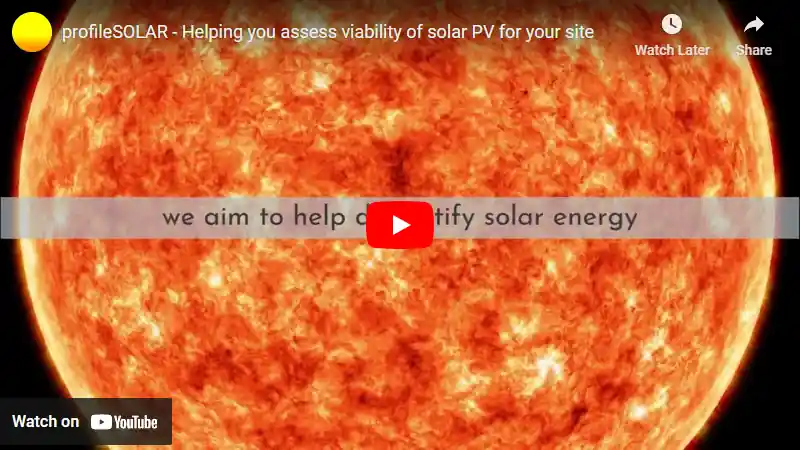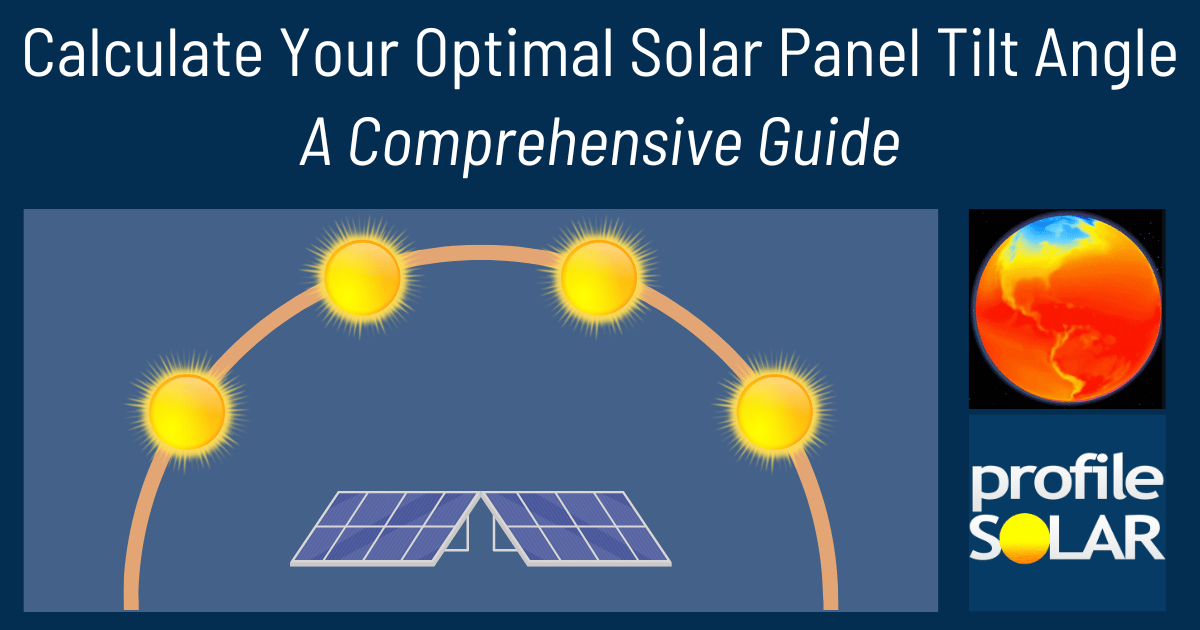

The location at Petone, Wellington Region, New Zealand is a decent spot for generating solar energy year-round, but it's not perfect. The amount of electricity you can produce with solar panels varies throughout the year due to changes in sunlight and weather conditions.
In summer, you can expect to generate about 7.14 kilowatt-hours (kWh) per day for each kilowatt (kW) of installed solar power. This drops down to 3.66kWh/day in autumn and even lower to 2.15kWh/day in winter when days are shorter and there's less sunlight available for your panels to capture and convert into electricity. However, things start looking up again in spring with an expected output of 5.74 kWh/day.
So if you're planning on installing solar panels here, they'll be most effective during the sunnier months - that would be summer and spring.
To get the most out of your solar installation all year round though, it's recommended that you tilt your panels at an angle of 35 degrees facing North - this will maximise their exposure to sunlight over the course of a whole year.
As far as environmental or local factors go that could impact how much energy your solar setup produces: weather is definitely one consideration since cloudy or rainy days mean less sunshine reaching your panels; this is especially relevant given New Zealand’s temperate climate which often brings cloud cover or rain.
One way around this would be using high-quality PV modules designed specifically for low-light conditions which perform better under such circumstances than regular ones do; also consider installing more capacity than needed during sunny periods so there's enough power generated even on less sunny days.
Additionally, maintaining clean panel surfaces free from dust or bird droppings will help ensure maximum light absorption too – so regular cleaning may be necessary depending on local conditions.
Note: The Southern Temperate Zone extends from -35° latitude South down to -66.5° latitude.
So far, we have conducted calculations to evaluate the solar photovoltaic (PV) potential in 44 locations across New Zealand. This analysis provides insights into each city/location's potential for harnessing solar energy through PV installations.
Link: Solar PV potential in New Zealand by location
Become the exclusive sponsor for Petone, New Zealand!
Solar output per kW of installed solar PV by season in Petone
Seasonal solar PV output for Latitude: -41.2286, Longitude: 174.8672 (Petone, New Zealand), based on our analysis of 8760 hourly intervals of solar and meteorological data (one whole year) retrieved for that set of coordinates/location from NASA POWER (The Prediction of Worldwide Energy Resources) API:




Ideally tilt fixed solar panels 35° North in Petone, New Zealand
To maximize your solar PV system's energy output in Petone, New Zealand (Lat/Long -41.2286, 174.8672) throughout the year, you should tilt your panels at an angle of 35° North for fixed panel installations.
As the Earth revolves around the Sun each year, the maximum angle of elevation of the Sun varies by +/- 23.45 degrees from its equinox elevation angle for a particular latitude. Finding the exact optimal angle to maximise solar PV production throughout the year can be challenging, but with careful consideration of historical solar energy and meteorological data for a certain location, it can be done precisely.
We use our own calculation, which incorporates NASA solar and meteorological data for the exact Lat/Long coordinates, to determine the ideal tilt angle of a solar panel that will yield maximum annual solar output. We calculate the optimal angle for each day of the year, taking into account its contribution to the yearly total PV potential at that specific location.

Seasonally adjusted solar panel tilt angles for Petone, New Zealand
If you can adjust the tilt angle of your solar PV panels, please refer to the seasonal tilt angles below for optimal solar energy production in Petone, New Zealand. As mentioned earlier, for fixed-panel solar PV installations, it is optimal to maintain a 35° North tilt angle throughout the year.
| Overall Best Summer Angle | Overall Best Autumn Angle | Overall Best Winter Angle | Overall Best Spring Angle |
|---|---|---|---|
| 25° North in Summer | 45° North in Autumn | 56° North in Winter | 34° North in Spring |
Our recommendations take into account more than just latitude and Earth's position in its elliptical orbit around the Sun. We also incorporate historical solar and meteorological data from NASA's Prediction of Worldwide Energy Resources (POWER) API to assign a weight to each ideal angle for each day based on its historical contribution to overall solar PV potential during a specific season.
This approach allows us to provide much more accurate recommendations than relying solely on latitude, as it considers unique weather conditions in different locations sharing the same latitude worldwide.
Topography for solar PV around Petone, New Zealand
Petone is located in the southern part of North Island, New Zealand. The area is relatively flat as it lies on a floodplain at the northern end of Wellington Harbour. It has a coastal setting with hills and mountain ranges not too far away.
The topography around Petone includes urban areas, parks, beaches along the coast and hilly terrains towards the east. The Hutt River runs through this region before flowing into Wellington Harbour. Towards north and northeast are the Hutt Valley and Rimutaka Range respectively which are more elevated than Petone.
For large-scale solar PV installations, flat open spaces with maximum exposure to sunlight would be ideal. Given that Petone itself is largely urbanized, finding such spaces within city limits might be challenging.
However, considering its geographical location there could be potential sites in nearby regions like Lower Hutt or Upper Hutt where there may be more open space available for such installations. These areas are also relatively flat compared to other surrounding regions which can facilitate installation of solar panels.
It's important to note that while New Zealand does receive good amounts of sunshine annually (around 2000 hours), it's less than what some typically 'sunny' countries get due to its temperate maritime climate which can often result in cloudy skies.
Therefore any decision regarding solar power installation needs to consider these factors including local weather patterns besides just topographical considerations.
New Zealand solar PV Stats as a country
New Zealand ranks 78th in the world for cumulative solar PV capacity, with 146 total MW's of solar PV installed. Each year New Zealand is generating 29 Watts from solar PV per capita (New Zealand ranks 58th in the world for solar PV Watts generated per capita). [source]
Are there incentives for businesses to install solar in New Zealand?
Yes, there are several incentives for businesses wanting to install solar energy in New Zealand. The government offers a range of grants and subsidies to help businesses reduce their energy costs and increase their use of renewable energy sources. These include the Solar PV Grant Scheme, which provides up to $20,000 per installation towards the cost of installing solar photovoltaic (PV) systems; the Low Emission Vehicles Contestable Fund, which provides funding for electric vehicles; and the Energy Efficiency and Conservation Authority’s Business Energy Management Programme, which helps businesses identify ways to save money on their energy bills. Additionally, some local councils offer rates rebates or other incentives for businesses that install solar panels.
Do you have more up to date information than this on incentives towards solar PV projects in New Zealand? Please reach out to us and help us keep this information current. Thanks!
Feeling generous?

Share this with your friends!


Compare this location to others worldwide for solar PV potential
The solar PV analyses available on our website, including this one, are offered as a free service to the global community. Our aim is to provide education and aid informed decision-making regarding solar PV installations.
However, please note that these analyses are general guidance and may not meet specific project requirements. For in-depth, tailored forecasts and analysis crucial for feasibility studies or when pursuing maximum ROI from your solar projects, feel free to contact us; we offer comprehensive consulting services expressly for this purpose.
Helping you assess viability of solar PV for your site
Calculate Your Optimal Solar Panel Tilt Angle: A Comprehensive Guide
Enhance your solar panel's performance with our in-depth guide. Determine the best tilt angle using hard data, debunk common misunderstandings, and gain insight into how your specific location affects solar energy production.







